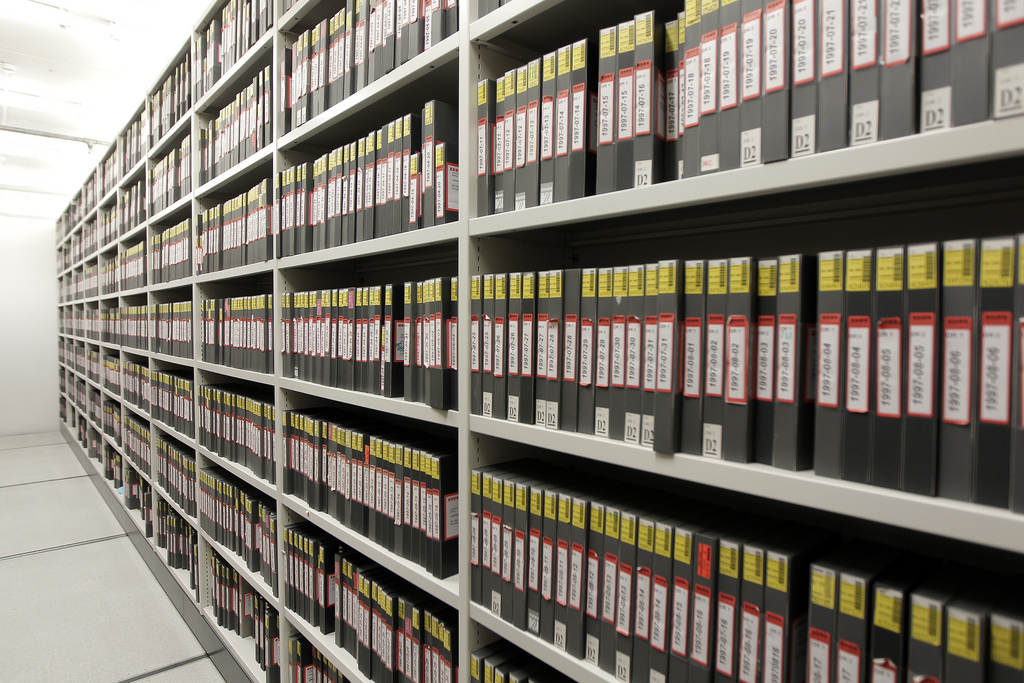The article first appeared in the April/May issue of Government News.
By Paul Hemsley with Julian Bajkowski
The National Archives of Australia (NAA) has substantially ramped up its efforts to become an educator for the public sector after the agency launched a new course to school government information managers on how to better deal with the new challenges being generated by the rapidly changing world of digital information management.
In a training course that the official record keeper has masterfully given acronym of ‘DIGITAL’, the new curriculum and materials will focus on information managers’ key role as decision makers who “must influence agencies and improve their ability to manage digital information”.
According to Archives the ‘DIGITAL’ program stands for the seven keys to effective digital management including “Direction and policy, Information for business needs, Governance and risk, Implementation, Tools and systems, Accountability and Leadership”.
The new course is designed as a short, sharp and very practical lesson in how to get things right in the digital age as the business of government and the information it generates and provides moves from paper to pixels.
One of the biggest challenges is ensuring that there are sufficient and robust processes to both identify and capture information as it is
generated in a digital format so that the nation’s rich history can be accessed and researched by generations to come. That means ensuring that everything from seemingly innocuous official emails and public web content to secret intelligence dossiers and Cabinet deliberations are retained in a consistent format – with proper provenance – so they can survive the test of time.
As such, the new one-day course is part of a wider move by the Archives to create “intensive, practical training” on digital information management through the Digital Transition Policy which requires government agencies to move from a paper-based office to fully digital information management for “efficiency purposes.”
According to the Archives, the implantation of the new policy has “resulted in a great deal of cultural change within agencies and new recognition of the value of government information as an important business asset”.
The Archives director-general David Fricker says that all agencies now need to recognise that skilled information managers are vital if they are to meet government expectations for increased efficiency, accountability, digital transition and digital continuity.
“It’s now widely understood that managing digital information more effectively will ultimately improve business outcomes. As an international leader in this field, we recognise that it is our responsibility to help agencies enhance the skills of these key professionals,” Mr Fricker says.
There is clearly a strong appetite for the new skills. Courses that Archives ran in March, April and May in Canberra this year booked out quickly and extra monthly DIGITAL courses have now been scheduled throughout 2014 to help meet the popular demand within federal agencies and organisations outside the Commonwealth government.
Gallipoli Centenary highlights value of records
As preparations for centennial Anzac Day commemorations in 2015 quickly start to ramp-up, the National Archives of Australia (NAA) says it is “pulling out all stops to help descendants of Gallipoli veterans claim their rightful place at Anzac Cove” for defining national event.
Although millions of Australian will undoubtedly turn to screens big and small to watch the event live, the natural limits of space at the forthcoming has necessitated the Department of Veterans Affairs to hold a ballot for places that requires direct descendants of those who served to provide documentary evidence of their connection.
It’s a big ask in a tight timeframe for all concerned and subsequently Archives has said is now providing access to World War I service records that are held in its collection. “While 376,000 World War I records were digitised in 2007, the records of servicemen and women who also served in World War II were not digitised at the time,” the NAA noted in an official statement.
“To ensure descendants of those Anzacs do not miss out, staff at the National Archives are making a special effort to help them identify the correct record and to digitise it for them within the required timeframe,” the NAA said.
It added that anyone seeking World War I service records can find them through the National Archives’ website. naa.gov.au. However there is a very human element to the way Archives is harnessing new technology in its pursuit of not only preserving history but making it easily.
Those with an interest in the making scanned paper records into rich, searchable data will now be able to help transcribe scans under the initiative known as Hive. The Hive project means that means that members of the public can now literally contribute to history as well as calling upon it. The National Archives will also launch a new website Discovering Anzacs to coincide with Anzac Day this year, with a preview available at discoveringanzacs.naa.gov.au
Comment below to have your say on this story.
If you have a news story or tip-off, get in touch at editorial@governmentnews.com.au.
Sign up to the Government News newsletter

